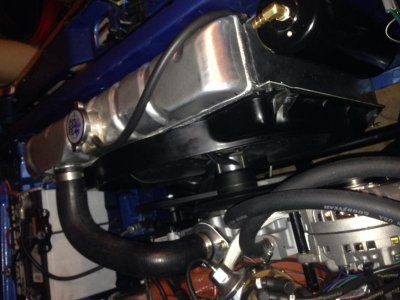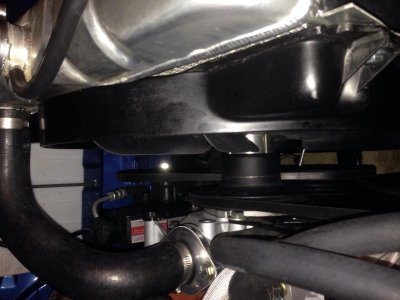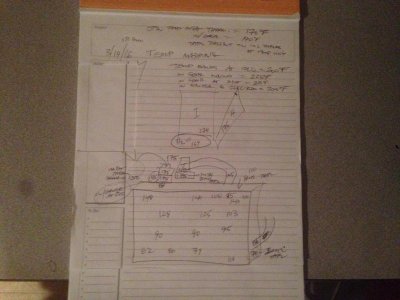HT413
Semi Pro Bowler
What's best way to trim thermoplastic? Vise and a hack saw?
I'd say skip the vise, just find a reasonably low table or bench and gently hold it in place with your foot while you use a hacksaw. Remember that all inside corners where the cuts intersect have to be rounded to avoid cracking from engine vibration. Either do this with a soldering iron after you cut it, or predrill the inside corners with a sharp drill bit, then cut to the hole.



















